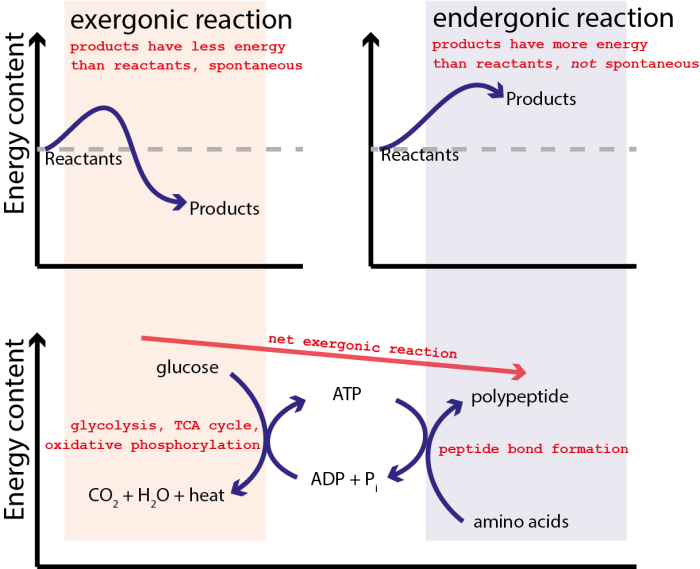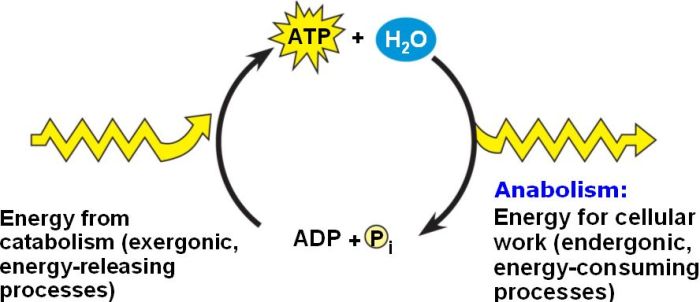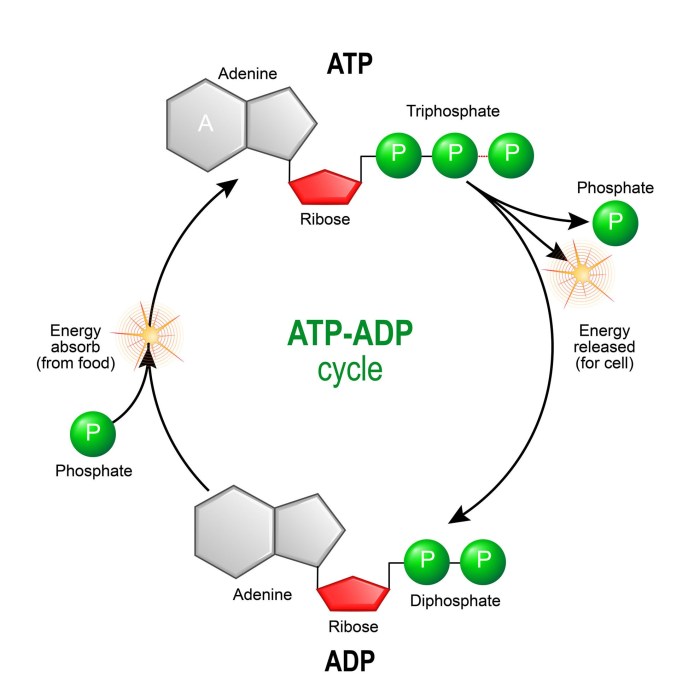Which of the following best defines substrate level atp synthesis – Which of the following best defines substrate-level ATP synthesis? This question delves into the fundamental process by which cells generate energy in the form of ATP, the primary energy currency of life. Substrate-level ATP synthesis, a crucial aspect of cellular metabolism, stands as a key player in maintaining the delicate balance of energy within living organisms.
This introductory paragraph sets the stage for an in-depth exploration of substrate-level ATP synthesis, providing a concise overview of its significance and the captivating journey that lies ahead.
Substrate-Level ATP Synthesis

Substrate-level ATP synthesis is a fundamental biochemical process that generates adenosine triphosphate (ATP), the primary energy currency of cells.
Substrate-Level ATP Synthesis Mechanism, Which of the following best defines substrate level atp synthesis
Substrate-level ATP synthesis occurs when an enzyme catalyzes the direct transfer of a phosphate group from a substrate molecule to ADP, forming ATP.
Comparison with Oxidative Phosphorylation
Unlike oxidative phosphorylation, which requires an electron transport chain and a proton gradient, substrate-level ATP synthesis does not involve these components.
Examples of Substrate-Level ATP Synthesis
- Glycolysis: Glucose is broken down to pyruvate, generating ATP in the process.
- Creatine kinase reaction: Creatine phosphate donates a phosphate group to ADP, producing ATP.
Regulation of Substrate-Level ATP Synthesis
Substrate-level ATP synthesis is regulated by the availability of substrates, enzyme activity, and cellular energy demand.
Importance of Substrate-Level ATP Synthesis
Substrate-level ATP synthesis is crucial for cellular metabolism, providing ATP for essential processes such as muscle contraction, nerve impulse transmission, and protein synthesis.
FAQ Corner: Which Of The Following Best Defines Substrate Level Atp Synthesis
What is the key difference between substrate-level ATP synthesis and oxidative phosphorylation?
Substrate-level ATP synthesis generates ATP directly from the transfer of a phosphate group from a substrate molecule, while oxidative phosphorylation utilizes an electron transport chain to produce ATP from ADP.
Where does substrate-level ATP synthesis occur in the cell?
Substrate-level ATP synthesis primarily occurs in the cytoplasm of prokaryotic cells and the mitochondrial matrix of eukaryotic cells.
Can you provide an example of substrate-level ATP synthesis?
Glycolysis, the breakdown of glucose, includes a substrate-level ATP synthesis step where phosphoenolpyruvate is converted to pyruvate, yielding one molecule of ATP.

